Batterie EV: il perchè degli incendi spontanei delle ternarie
-
Contenuti simili
-
- 137 risposte
- 29320 visite
-
Stellantis e Total insieme per un colosso delle batterie: ACC. Due gigafactory in arrivo in Europa
Pubblicato da nucarote,
- 7 risposte
- 2462 visite
-
Batterie al sodio, vantaggi e svantaggi 1 2
Pubblicato da xtom,
- sib (sodium ion battery)
- sodio
- (e 3 altri in più)
- 17 risposte
- 3955 visite
-
-
-

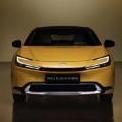

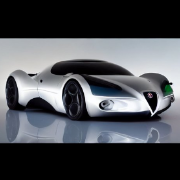


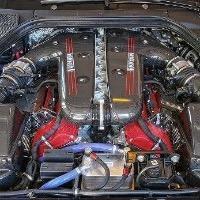
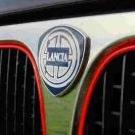
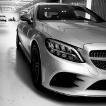
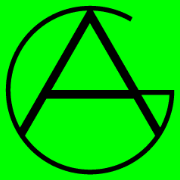

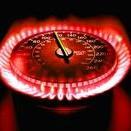
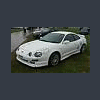

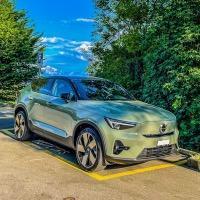

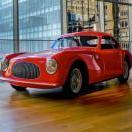

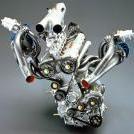
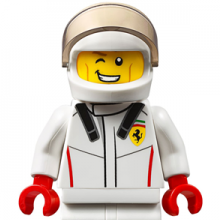

Messaggi Raccomandati:
Crea un account o accedi per lasciare un commento
Devi essere iscritto per commentare e visualizzare le sezioni protette!
Crea un account
Iscriviti nella nostra community. È facile!
Registra un nuovo accountAccedi
Sei già registrato? Accedi qui.
Accedi Ora